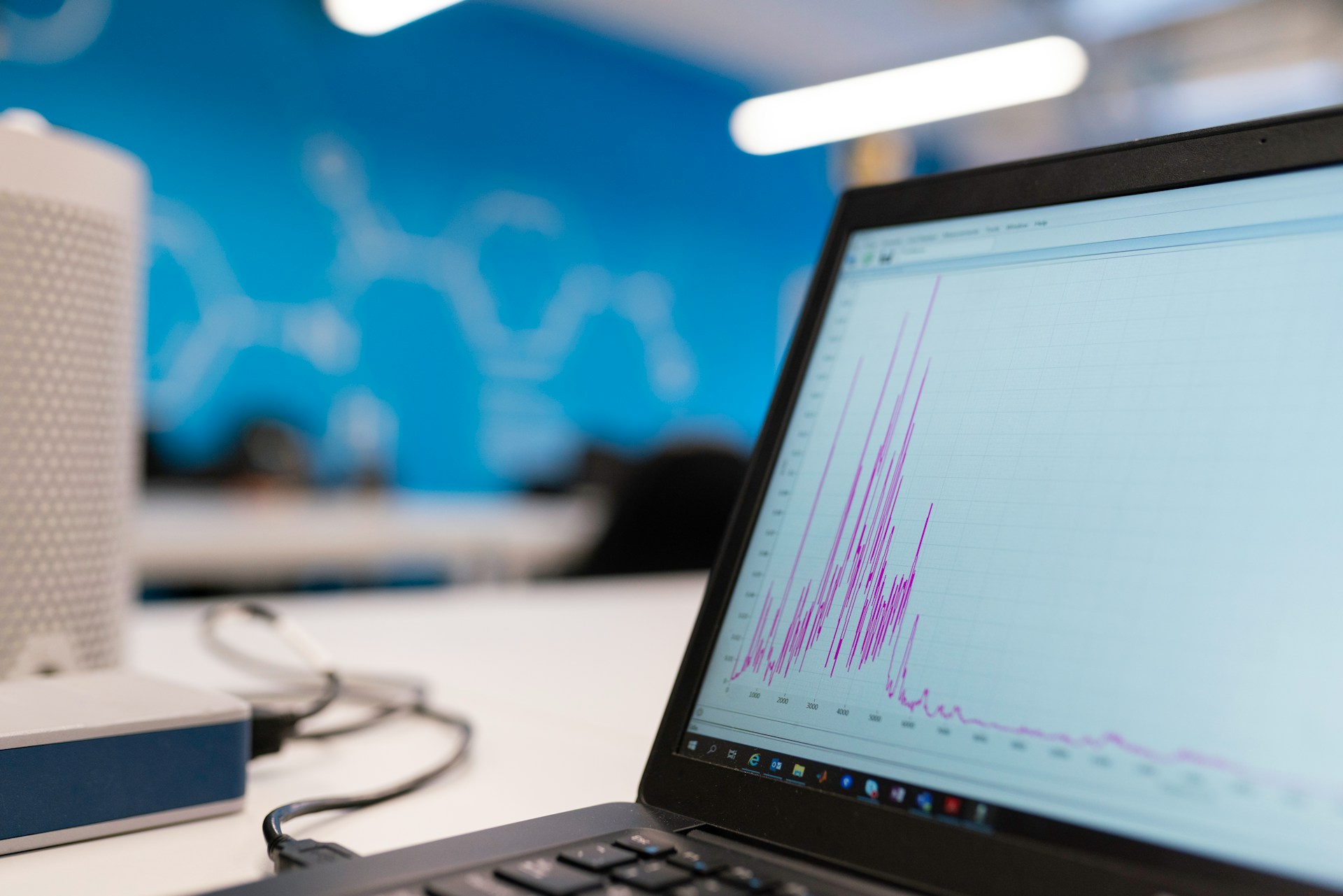
Our procurement dashboard software stands out for its ability to process and visualize large data volumes intuitively. Users can create custom visualizations, such as bar charts and trend lines, making it easy to interpret complex data. This feature not only aids in understanding procurement patterns but also effectively communicates these insights across the organization.
Budget and expense tracking is central to our software, allowing managers to monitor budget allocations and spending in real time against forecasts. This includes setting up alerts for budget overruns, ensuring strict and proactive financial management.
Automated reporting is another key feature, allowing periodic or ad hoc reports to be generated without manual intervention, saving time and reducing human errors. Furthermore, data security is a top priority; our platform uses advanced encryption protocols and compliance measures to protect sensitive data from unauthorized access and external threats.
When selecting procurement dashboard software, several criteria should be considered to ensure it meets your company’s specific needs, including procurement, marketing, and finance departments. Here are the key factors to evaluate:
It’s also important to compare the features and pricing structures of different software options. Some software may offer advanced features at a higher cost, while others may be more affordable with limited functionality. Considering user feedback and reviews can also provide valuable insights to help make the best choice.
The integration of artificial intelligence (AI) into procurement dashboard software is one of the most significant trends transforming how companies analyze and manage procurement data, making workflows more efficient and predictive. Here are some practical AI applications:
AI enables automated data analysis, providing faster and more accurate insights. This includes automatic detection of spending anomalies, identification of cost-saving opportunities, and benchmarking supplier performance against industry standards.
AI-powered software uses algorithms to predict future trends based on historical data, which is especially useful for budgeting and risk management, allowing companies to make proactive rather than reactive decisions.
AI also enhances data visualization through interactive and customizable charts, making complex data easier to understand.
Users can customize and manipulate charts in real time for a better understanding of data, tailoring visualizations to answer specific questions about procurement performance.
AI technology powers dashboards that update instantly with new data, enabling continuous monitoring and immediate responsiveness to procurement data changes.
AI improves the user experience with smarter, more interactive interfaces.
AI-driven chatbots allow users to navigate and interact with the dashboard through voice or text commands, making access to information fast and intuitive.
AI analyzes user behavior and interactions with the software to provide personalized recommendations, enhancing the relevance and effectiveness of data analysis.
A typical procurement dashboard includes features such as budget tracking, annual expenditure tracking, and supplier performance monitoring. Key elements generally include:
Designing a procurement dashboard requires an understanding of business objectives and available data. Typical steps include:
Nous avons un réseau social dédié à la communauté NTIC. Si vous êtes inscrit ou souhaitez le rejoindre, cliquez sur le lien suivant www.axiscope.fr